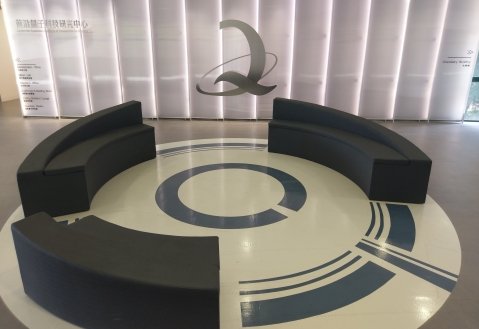Center for Quantum Frontier of Research and Technology (Seminar)
Quantumness of electron transport in quantum dot devices through Leggett-Garg inequalities: A non-equilibrium Green’s function approach
Speaker : Prof. Md Manirul Ali (Department of Physics & Centre for Quantum Science and Technology, Chennai Institute of Technology, Chennai, India)
Location :
Meeting Room, 2F, QFort, NCKU
Time :
2024 / 08 / 23
11:00

Although coherent manipulation of electronic states can be achieved in quantum dot (QD) devices by harnessing nanofabrication tools, it is often hard to fathom the extent to which these nanoelectronic devices can behave quantum mechanically. Witnessing their nonclassical nature would thus remain paramount in the emerging world of quantum technologies since the coherent dynamics of electronic states play a crucial role. Against this backdrop, we resort to the general framework of Leggett-Garg inequalities (LGI) as it allows for distinguishing the classical and quantum transport through nanostructures through various two-time correlation functions. Using the local charge detection at two different times, we theoretically investigate whether any quantum violation of the original LGI exists with varying device configurations and parameters under both Markovian and non-Markovian dynamics. Two-time correlators within LGI are derived in terms of the non-equilibrium Green's functions (NEGFs) by exactly solving the quantum Langevin equations. The present study of non-Markovian dynamics of quantum systems interacting with reservoirs is significant for understanding the relaxation phenomenon in the ultrafast transient regime to especially mimic what happens to high-speed quantum devices. We can potentially capture the effect of finite reservoir correlation time by accounting for level broadening at the electrodes along with non-Markovian memory effects. Furthermore, the large bias restriction is no longer imposed in our calculations so that we can safely consider a finite bias between the electronic reservoirs. Our approach is likely to open up new possibilities of witnessing the quantumness for other quantum many-body systems as well that are driven out of the equilibrium.

